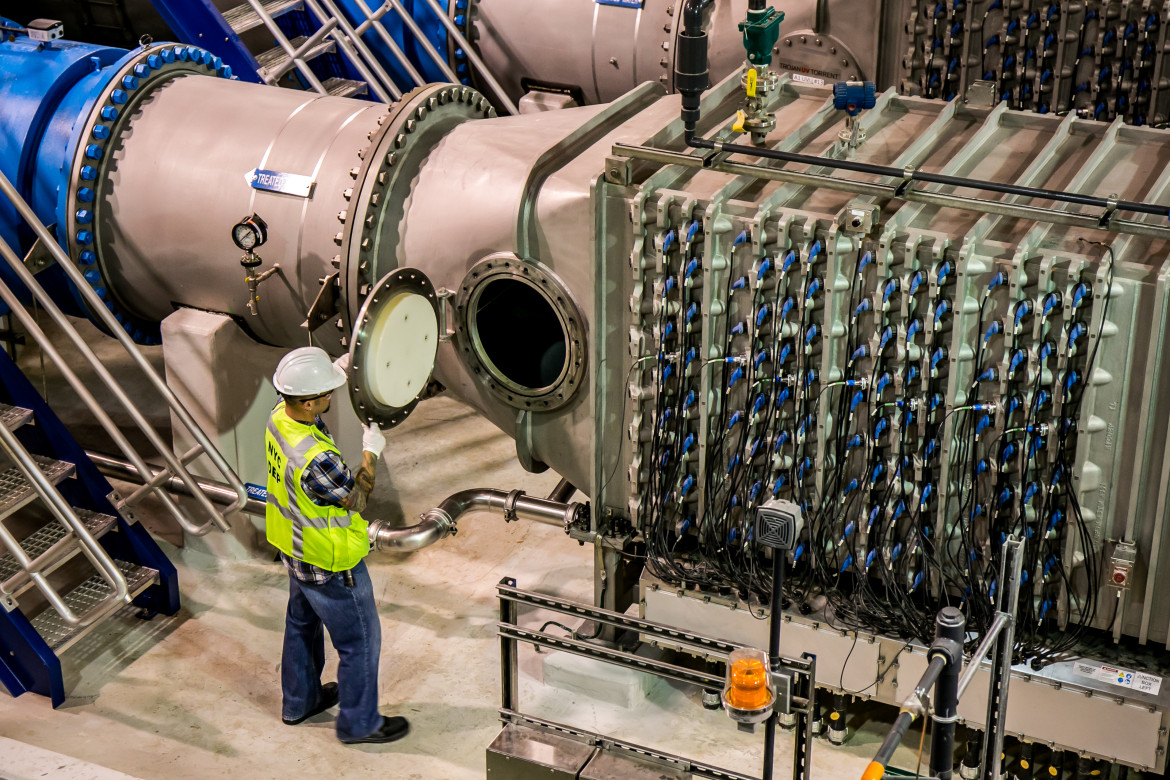The global water crisis is a growing concern, and water pollution by nutrients such as ammonium has become a challenge that can have detrimental effects on both the ecosystem and human health. In this context, we will discuss strategies for ammonium removal with clinoptilolite zeolites, which have emerged as a promising solution to combat this problem.
But first, what is clinoptilolite zeolite?
To understand how zeolites can play a key role in ammonium removal, we must first delve into their unique structure and properties.
Zeolites are microporous minerals that form crystalline structures with three-dimensional channels and cavities. These channels have a specific size and shape that allow them to selectively trap ions and molecules.
Clinoptilolite, a variety of zeolite, is distinguished by its exceptional ability to exchange ions and adsorb contaminants. Its crystalline cavities are sized to trap ammonium ions and other cations, making it an ideal sorbent for the removal of ammonium from water. Clinoptilolite is the main component of Zeomedia, a high quality filter media.

Importance of ammonium removal
The presence of ammonium in water can have consequences for both human health and the aquatic ecosystem. Ammonium is a by-product that can lead to eutrophication in the water, which can result in algal blooms, decreased oxygen levels in the water and the death of fish and other aquatic organisms.
In addition, human exposure to ammonium in drinking water can have negative health effects, such as eye, throat and skin irritation, as well as potential risks for people with weakened immune systems.
Ammonium removal solutions with Zeolites
There are several methods to remove ammonium from water, ranging from chemical to biological processes. However, clinoptilolite zeolites stand out for:
- High ion exchange capacity: Zeolites have a crystalline structure with cavities and channels that can hold ions and molecules inside. Clinoptilolite has a high ion exchange capacity, which means it can effectively trap and release ions, including ammonium ions.
- Selectivity for ammonium: Clinoptilolite is particularly selective for ammonium compared to other ions present in water. This means that zeolite has a special affinity for ammonium and can preferentially adsorb it, allowing efficient removal of this pollutant.
- Large surface area: Clinoptilolite has a large surface area due to its porous structure. This provides a large contact surface between the zeolite and water, which increases adsorption capacity and ammonium removal efficiency.

The potential of clinoptilolite zeolites in ammonium removal has led to their implementation in various practical applications. They are generally used in wastewater treatment plants, drinking water purification systems and in agriculture to improve soil quality.
An outstanding example is their application in ammonium removal in aquaculture, where they are used to maintain adequate ammonium levels in culture ponds, ensuring an optimal environment for aquatic organisms.
For a sustainable future
As we move into a future where water conservation is essential, zeolites represent a promising tool in the fight against ammonium pollution, contributing to the protection of our water resources and the health of our planet.
Excellent results with Zeomedia
Zeomedia can retain microparticles down to 1 micron that sand cannot, as well as heavy metals and organic compounds, guaranteeing the reduction of turbidityby up to 50% compared to a conventional filterand the elimination of other contaminants.





